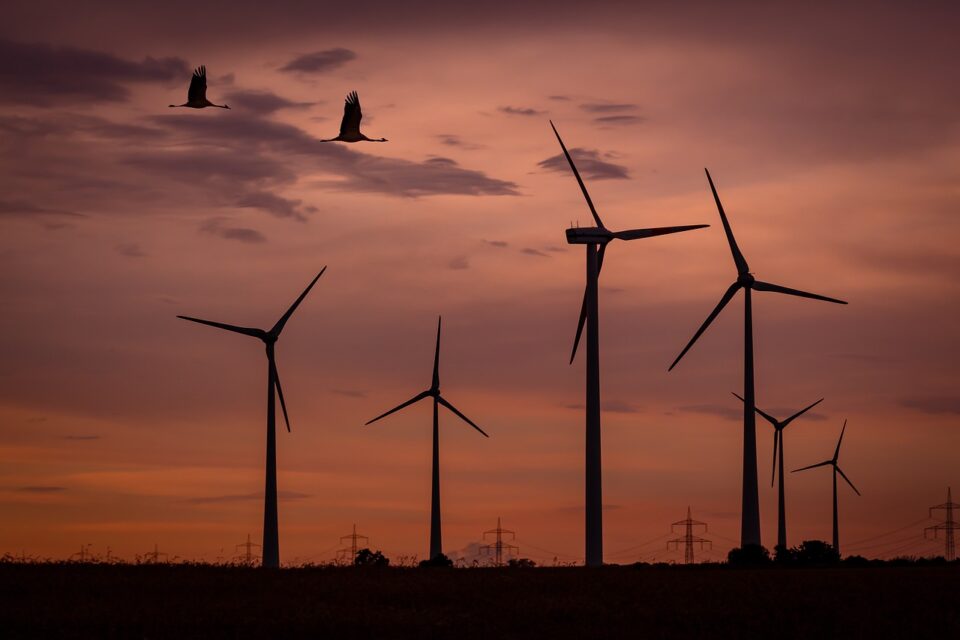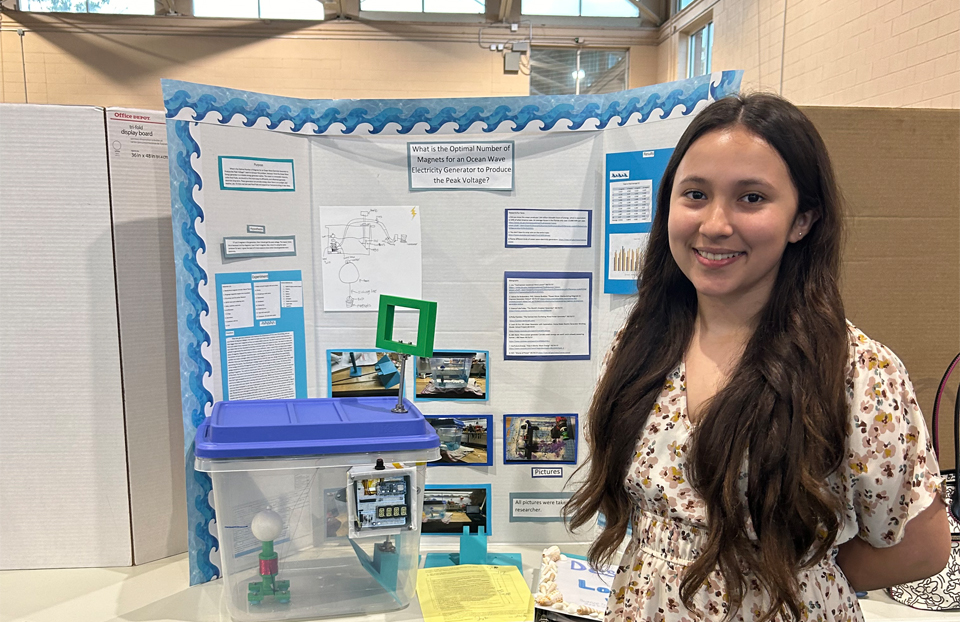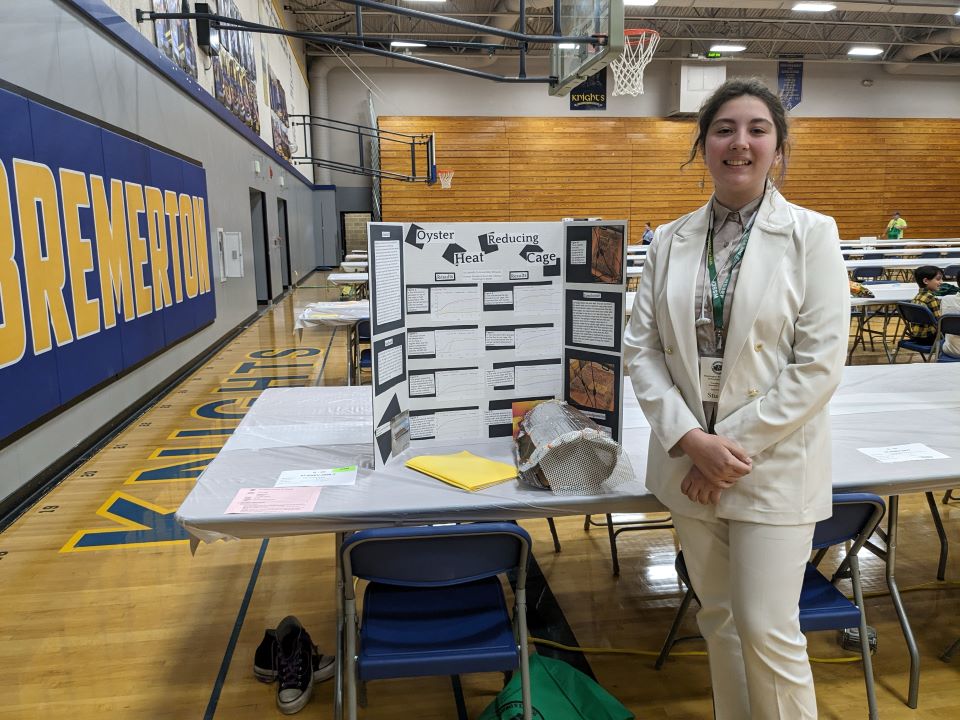One middle school student takes on wind turbines to save the birds

According to the American Bird Conservancy, the best estimates of the number of birds killed by wind turbines in the U.S. each year are based on three significant studies published in 2013 and 2014. Because each study was unique in its methods, estimated results vary from an average of 234,000 to 573,000 bird deaths per year. These bird deaths are caused by collisions with wind turbines and other structures such as power lines as well as by the disturbance and displacement of birds when wind facilities are built.
Amir Habboub, an 8th grader at Hoover Middle School in Indialantic, Florida is troubled by these numbers and the decreasing bird population. After reading an article about the threat that wind turbines pose to birds, Amir says he was immediately drawn to learn more about the issue and see how he could help through his passion for STEM.
“Right now, there are more than 341,000 wind turbines in the world. We cannot just stop using wind turbines because they are one of the most efficient renewable energy sources.”
In February 2020, the US Energy Information Administration (EIA) shared that wind was the most-used renewable electricity generation source in the U.S., outpacing hydroelectricity for the first time. “Wind generation has increased steadily during the past decade,” the EIA said. According to the EIA, “total annual U.S. electricity generation from wind energy increased from about 6 billion kilowatt-hours (kWh) in 2000 to about 338 billion kWh in 2020.” The administration noted, “In 2020, wind turbines were the source of about 8.4% of total U.S. utility-scale electricity generation.”
The US Geological Survey (USGS), meanwhile, is working to identify which birds are at the highest risk of seeing a population decline due to collisions with wind turbines. A recent study of raptor species found that barn owls, ferruginous and red-tailed hawks, golden eagles and American kestrels have the highest potential for population-level impacts.
To surmount this problem, Amir invented a device to “detect birds before they encounter wind turbines, using a passive infrared motion sensor.” The sensor that recognizes incoming bird movements with an Arduino board connected with a specific code. “The device, to be installed on a wind turbine, plays a sound, warning birds to move away from the turbine,” Amir explains. His invention earned him the Lemelson Early Inventor Prize at Brevard Intracoastal Regional Science and Engineering Fair.
“Since birds are warm blooded animals, the infrared sensor will be able to detect them. Then, it will emit a sound after it detects the bird movement at a frequency of 4 to 20 kilohertz (kHz). This sound will then send a distress signal across the flock of birds. The birds can then avoid running into the wind turbine.” Avian hearing research has shown that birds are most sensitive to sounds from 1 to 4 kHz generally, but also higher and lower frequencies depending on the species. No bird species has shown sensitivity to frequencies >20 kHz. Amir believes that his device could have potential “to save threatened and endangered birds from wind turbines.”
“Developing the device took a lot of trial and error but eventually when I got the code right the device started to function as intended. I tried many different codes but eventually after enough research, I had the fitting code for the device,” Amir shared.


